Nine of Britain's most beautiful and awe-inspiring painted ceilings from the Country Life archive
Our round-up of some of the Britain's prettiest painted ceilings is a good reminder to always look up.
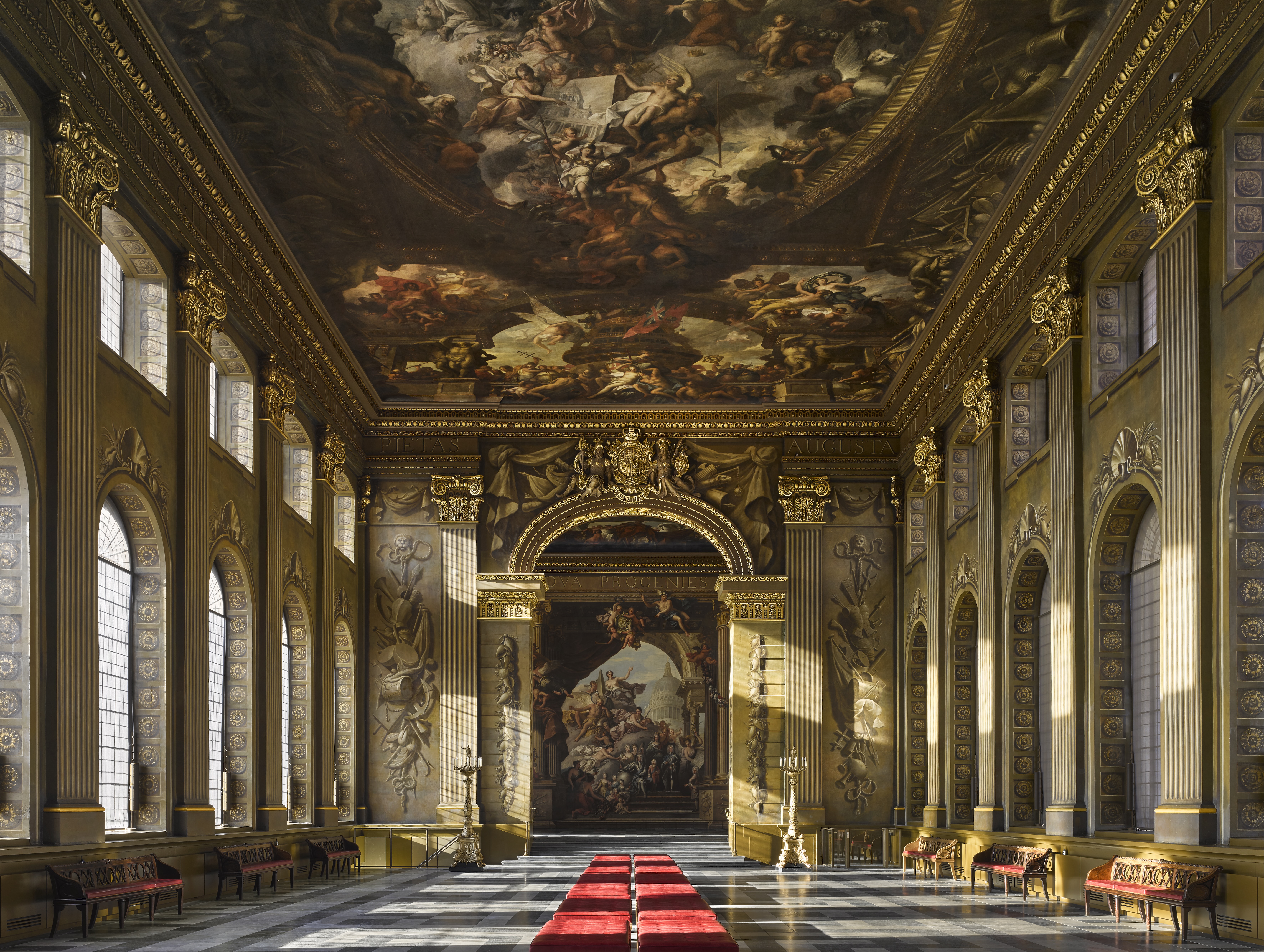

A wise person once told me to always look up because whether you are inside or out, some of the greatest artworks in the world hang right above our heads.
The blankest canvas in most buildings is the ceiling. A vast, white space protecting us from the outside world, but somehow, despite it’s purpose, almost altogether forgotten. Thankfully, they haven't all been ignored.
Country Life’s vast photographic library contains hundreds of thousands of images taken by some of the UK's finest architectural photographers.
This small selection — handpicked from the archive's vaults — aims to highlight just a few of the most exquisite, unusual and earliest painted ceilings.
Painted Hall, Old Royal Naval College, London
James Thornhill was commissioned to decorate the breathtaking Painted Hall at the Old Royal Naval College in Greenwich, in the early 18th Century.
The ceiling artwork, painted when Queen Anne was on the throne, depicts Protestant liberty victorious over Catholic absolutism.
The Great Staircase, Chatsworth, Derbyshire
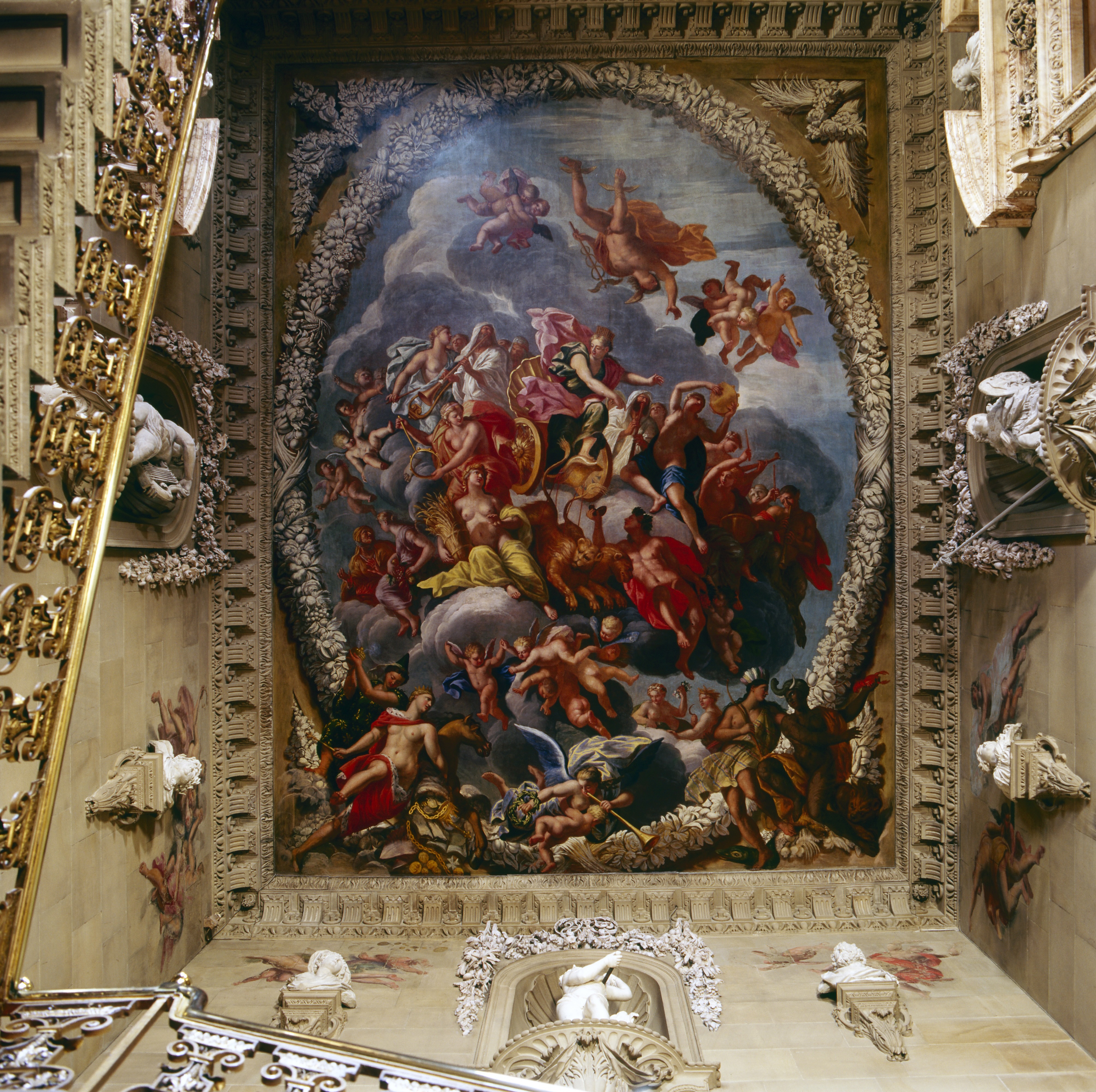
The vast fresco The Triumph of Semele, executed in 1691 by the Venetian artist Antonio Verrio, adorns the ceiling above Chatsworth house's Great Staircase.
Exquisite houses, the beauty of Nature, and how to get the most from your life, straight to your inbox.
The artist was responsible for introducing Baroque mural painting into England, and served the Crown for more than 30 years.
Heaven Room, Burghley House, Lincolnshire
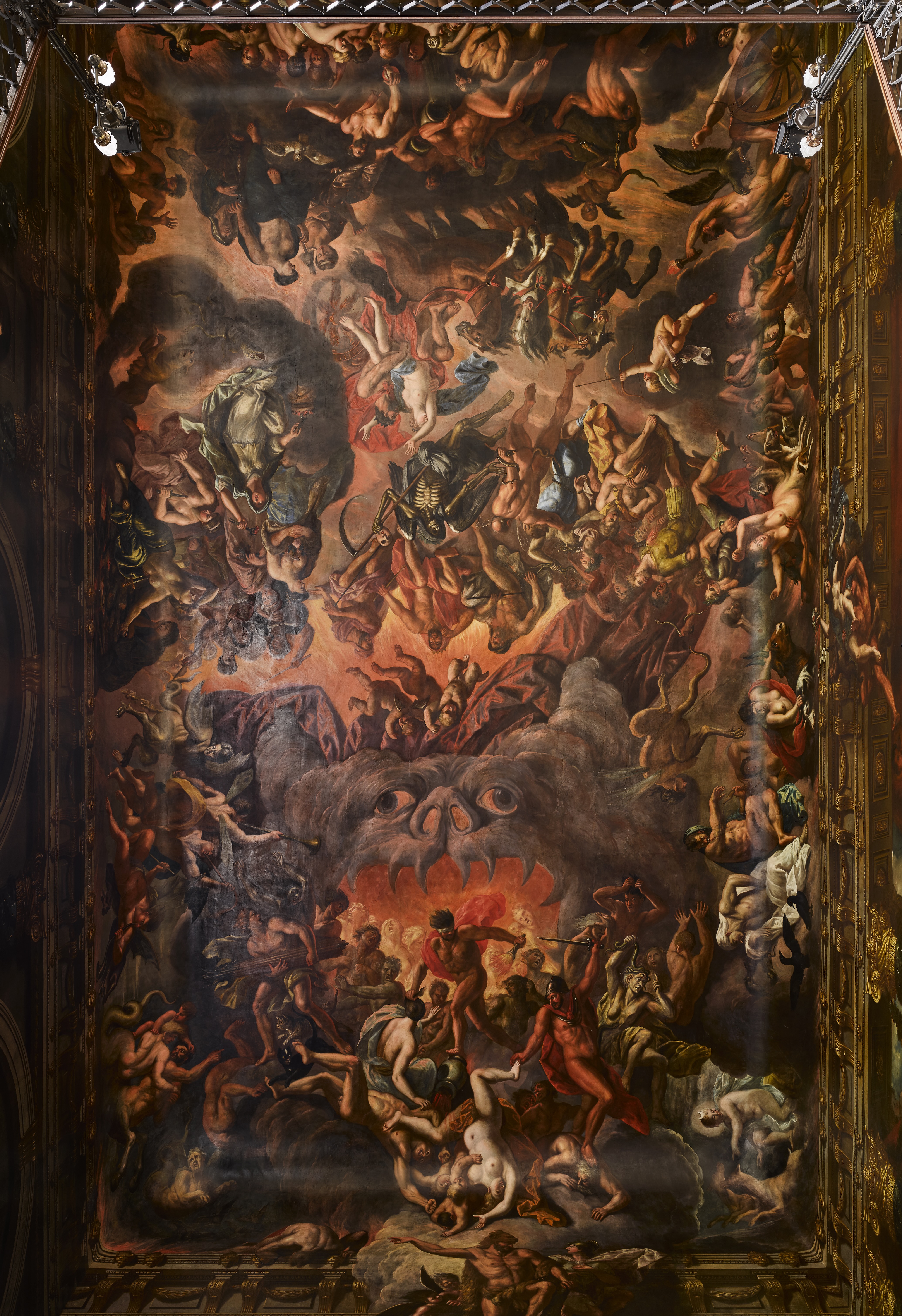
Much has been, rightly, written about Burghley House's spectacular Heaven Room, but the ceiling depicting the chaos and lurid colour of the Hell Staircase is also worthy of note.
Executed, again, by the much in-demand Antonio Verrio, work on the vertiginous, fiery hellscape was completed between 1696-7.
Double Cube Room, Wilton House, Wiltshire
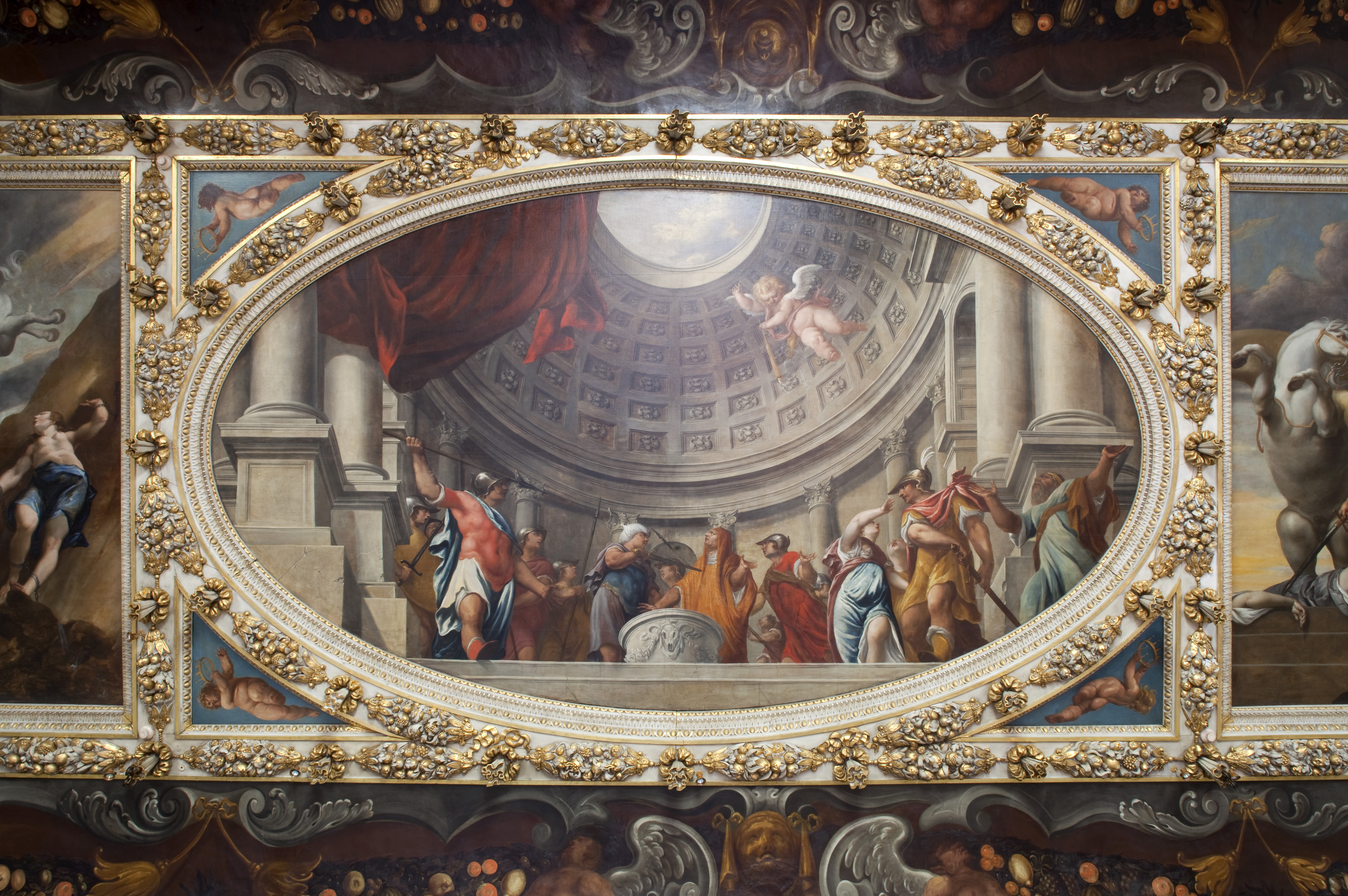
The central oval detail on the ceiling of Wilton's Double Cube Room was painted by the English Baroque artist, Emanuel de Critz.
It depicts Perseus in the palace of King Polydectes, saving his mother Danae from the king's unwelcome attentions.
Drapers' Hall, Throgmorton Street, City of London
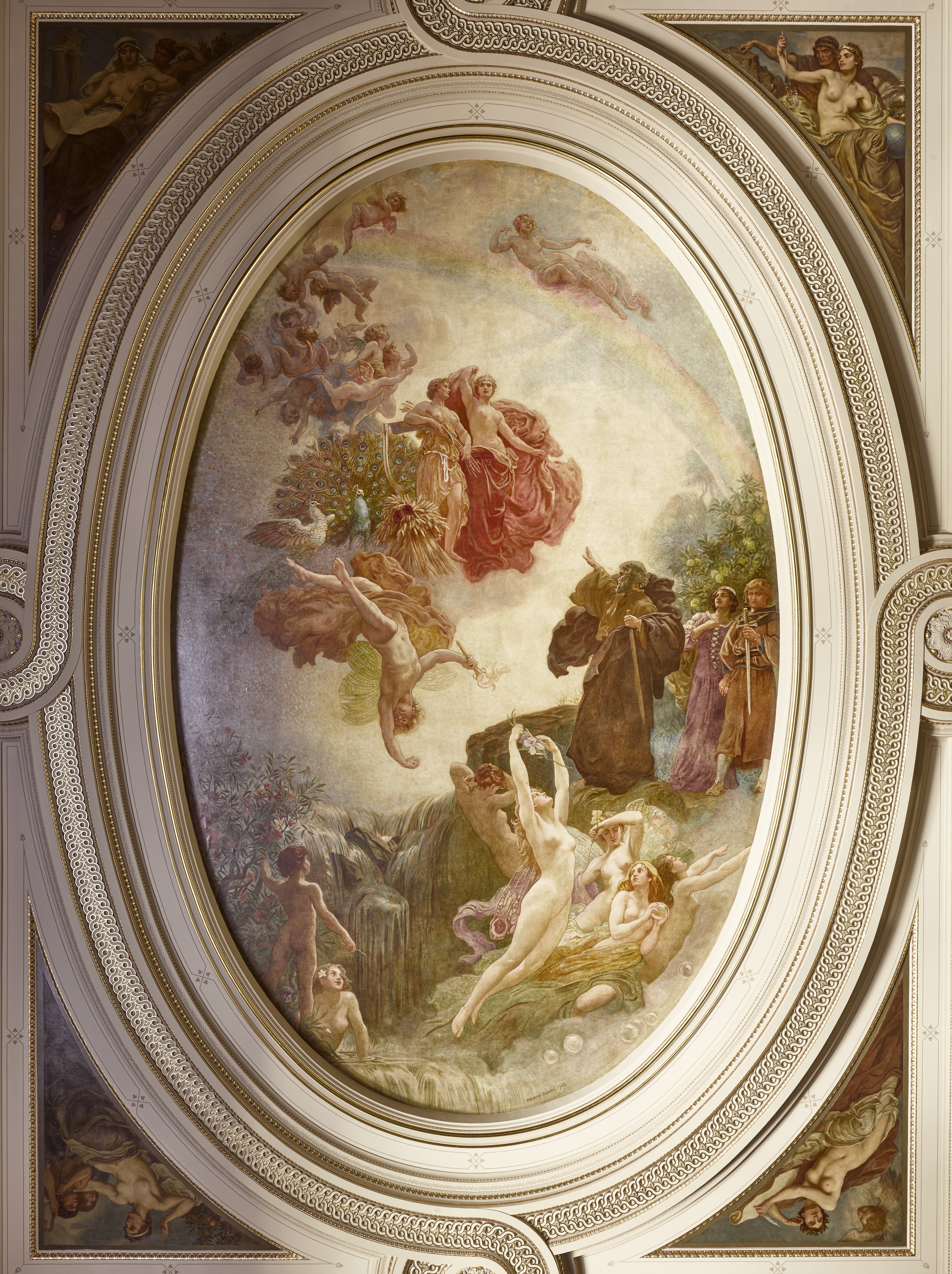
Widely agreed to be one of the finest livery halls in the City of London, Draper’s Hall was founded more than six centuries ago to promote the trade of woollen cloth.
Much later in the building’s history, in 1903, the artist H. J. Draper created this ceiling in the Livery Hall depicting scenes from Shakespeare’s The Tempest and A Midsummer Night’s Dream.
Locko Park, Derbyshire
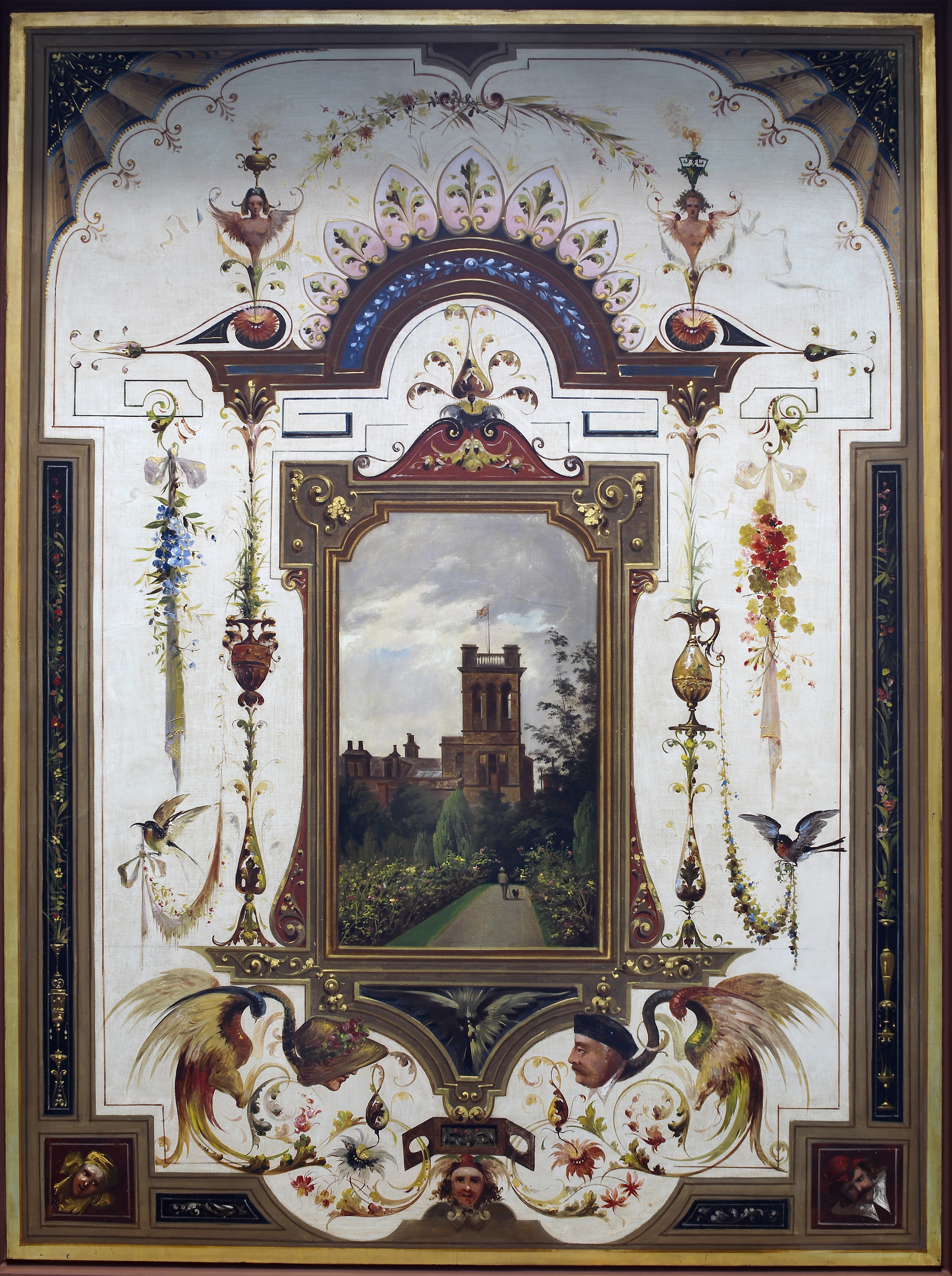
A detail of the ceiling in the front entrance hall at Locko Park in Derbyshire. This late-Victorian addition to the house is attributed to the Florentine artist Federico Andreotti.
The Long Gallery, Parham House, West Sussex
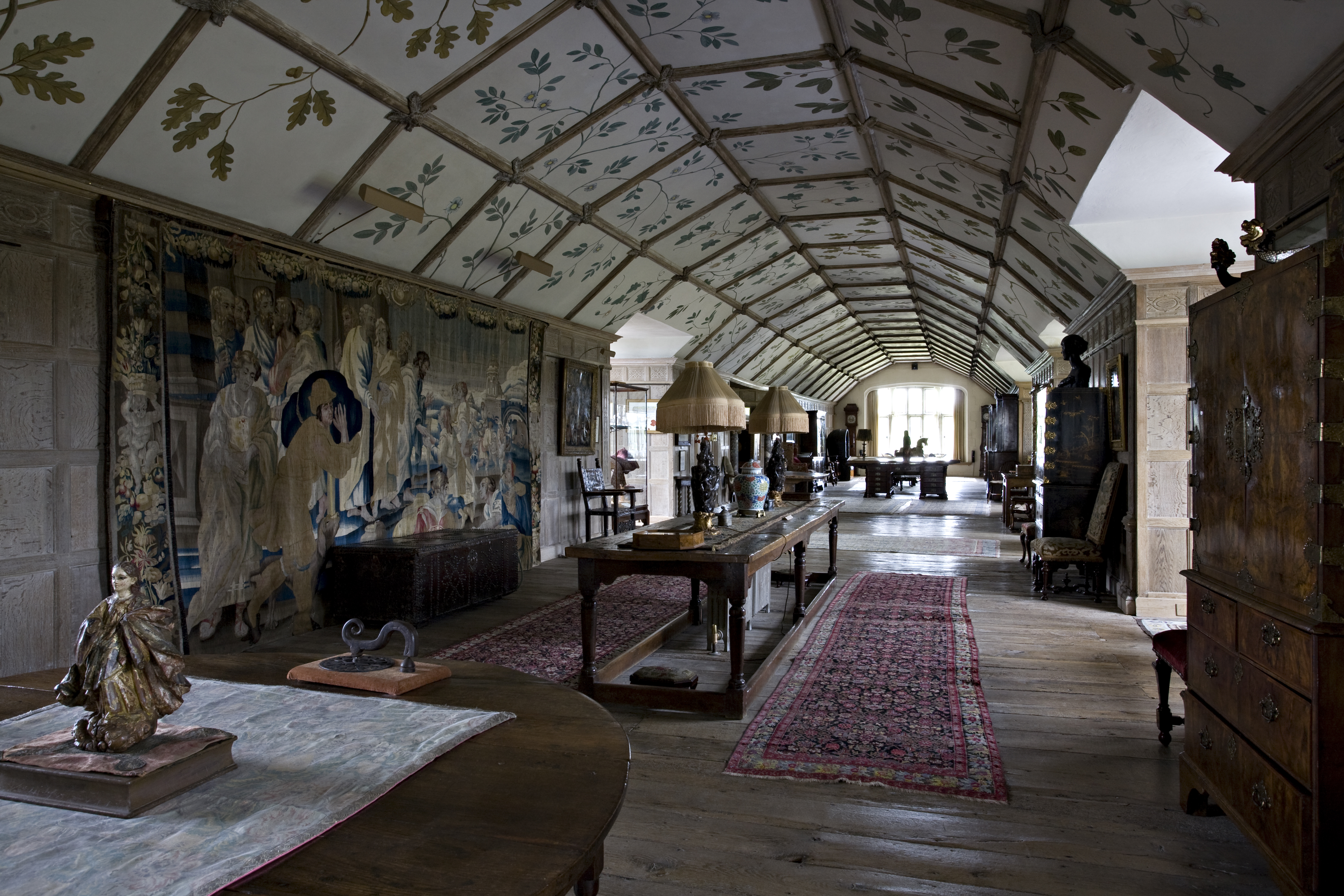
The Long Gallery at Parham House runs the length of the house at 160ft (about 48m) long and is the third longest gallery of its type in the country.
The Elizabethan ceiling remained undecorated until the mid 20th century when the eminent stage and costume designer Oliver Messel was commissioned to paint it in tribute to the renowned botanist Sir Joseph Banks — a relation to the owners. It was completed in 1968.
Law's Close, Kirkcaldy, Fife
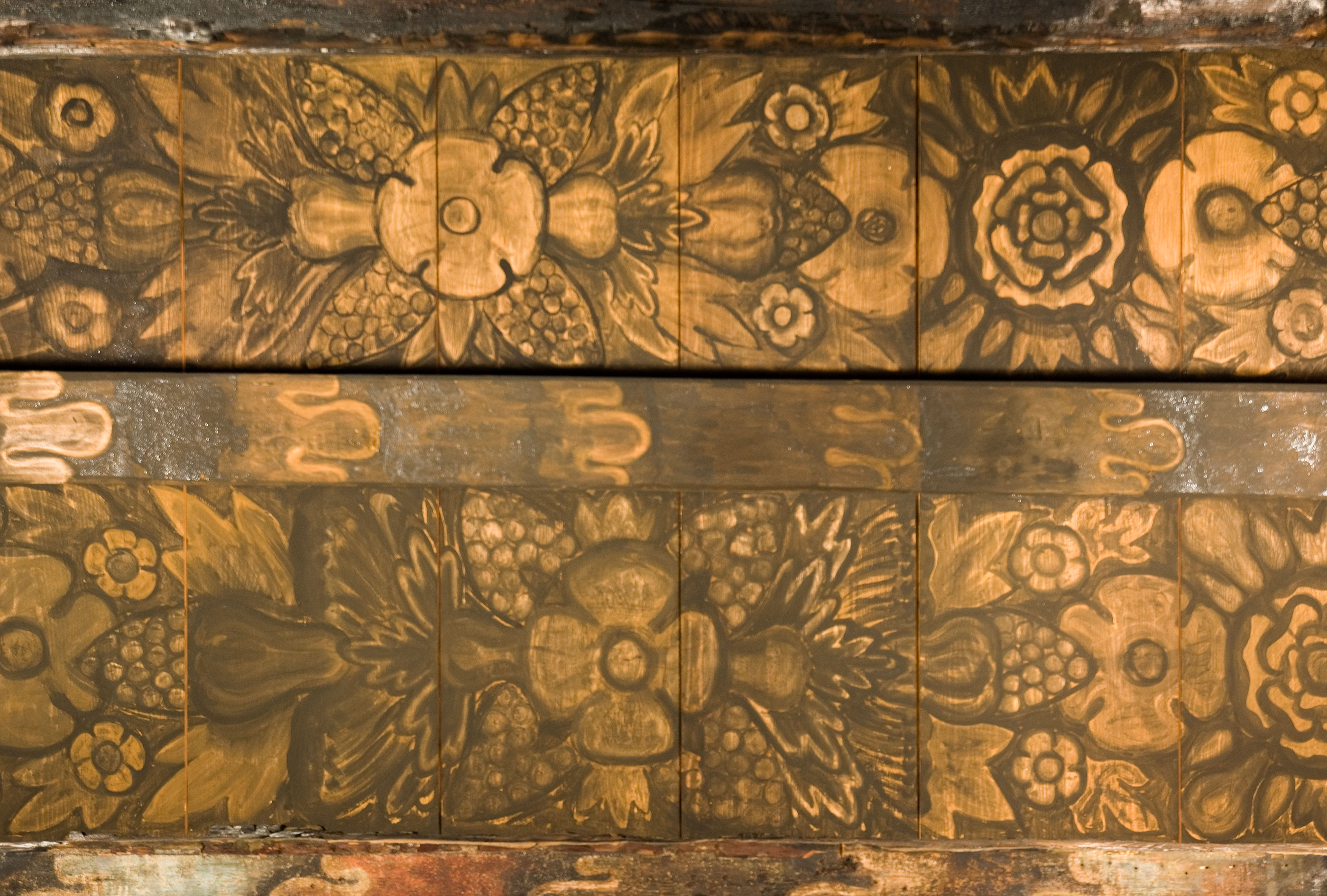
This simpler, but nonetheless equally remarkable ceiling was discovered at Law's Close — an early example of a Scottish merchant’s house — by a student in the late 20th century.
The 16th century artwork was hiding behind a 17th century plaster ceiling was this exquisitely-decorated 16th century wooden ceiling.
Watts Cemetery Chapel, Guildford, Surrey
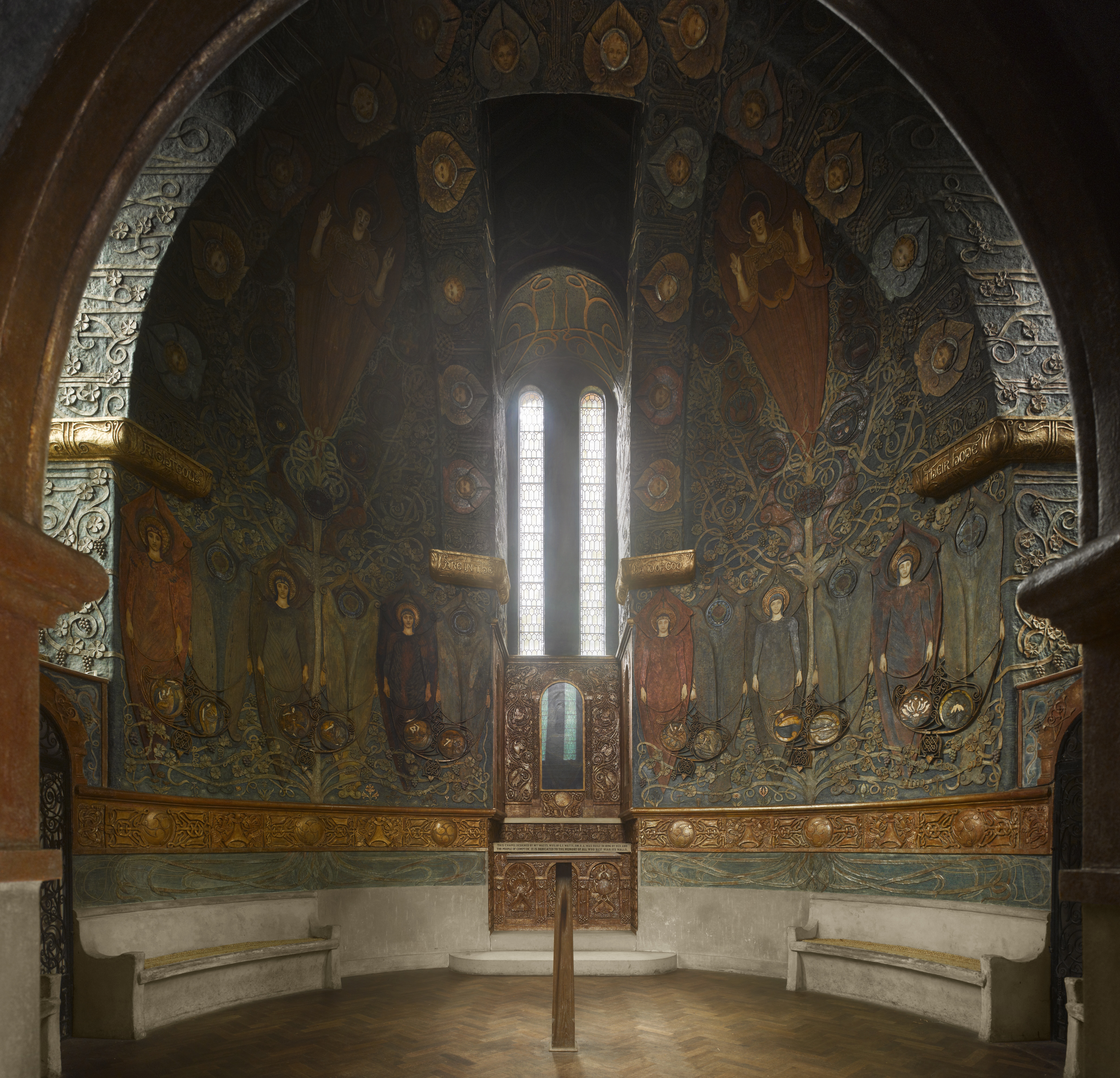
This stunning artwork was the brainchild of local artist Mary Watts.
From 1896, she worked alongside residents of Compton, Surrey, guiding 74 of them towards the creation of this Arts and Crafts pottery and paint masterpiece. The chapel sits on top of a hill in the village’s graveyard.
The Country Life Image Archive contains more than 150,000 images documenting British culture and heritage, from 1897 to the present day. An additional 50,000 assets from the historic archive are scheduled to be added this year — with completion expected in Summer 2025. To search and purchase images directly from the Image Archive, please register here
Melanie is a freelance picture editor and writer, and the former Archive Manager at Country Life magazine. She has worked for national and international publications and publishers all her life, covering news, politics, sport, features and everything in between, making her a force to be reckoned with at pub quizzes. She lives and works in rural Ryedale, North Yorkshire, where she enjoys nothing better than tootling around God’s Own County on her bicycle, and possibly, maybe, visiting one or two of the area’s numerous fine cafes and hostelries en route.
-
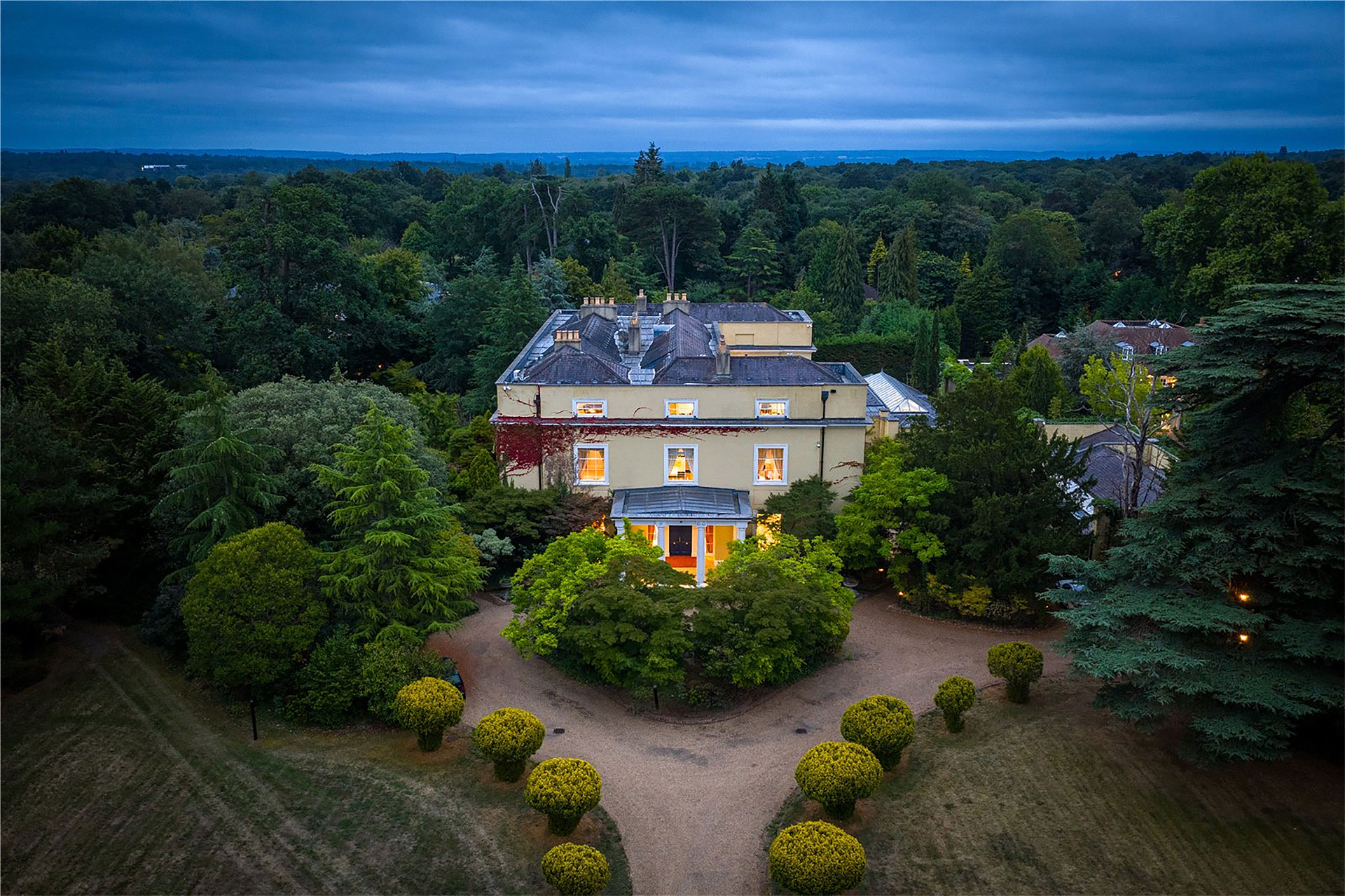 'A masterpiece of timeless elegance' for sale on the charmed Surrey estate once owned by Henry VIII and the Guinness family
'A masterpiece of timeless elegance' for sale on the charmed Surrey estate once owned by Henry VIII and the Guinness familyThe Manor House in Burwood Park is a grand, enormous and undeniably impressive. Annabel Dixon takes a look.
-
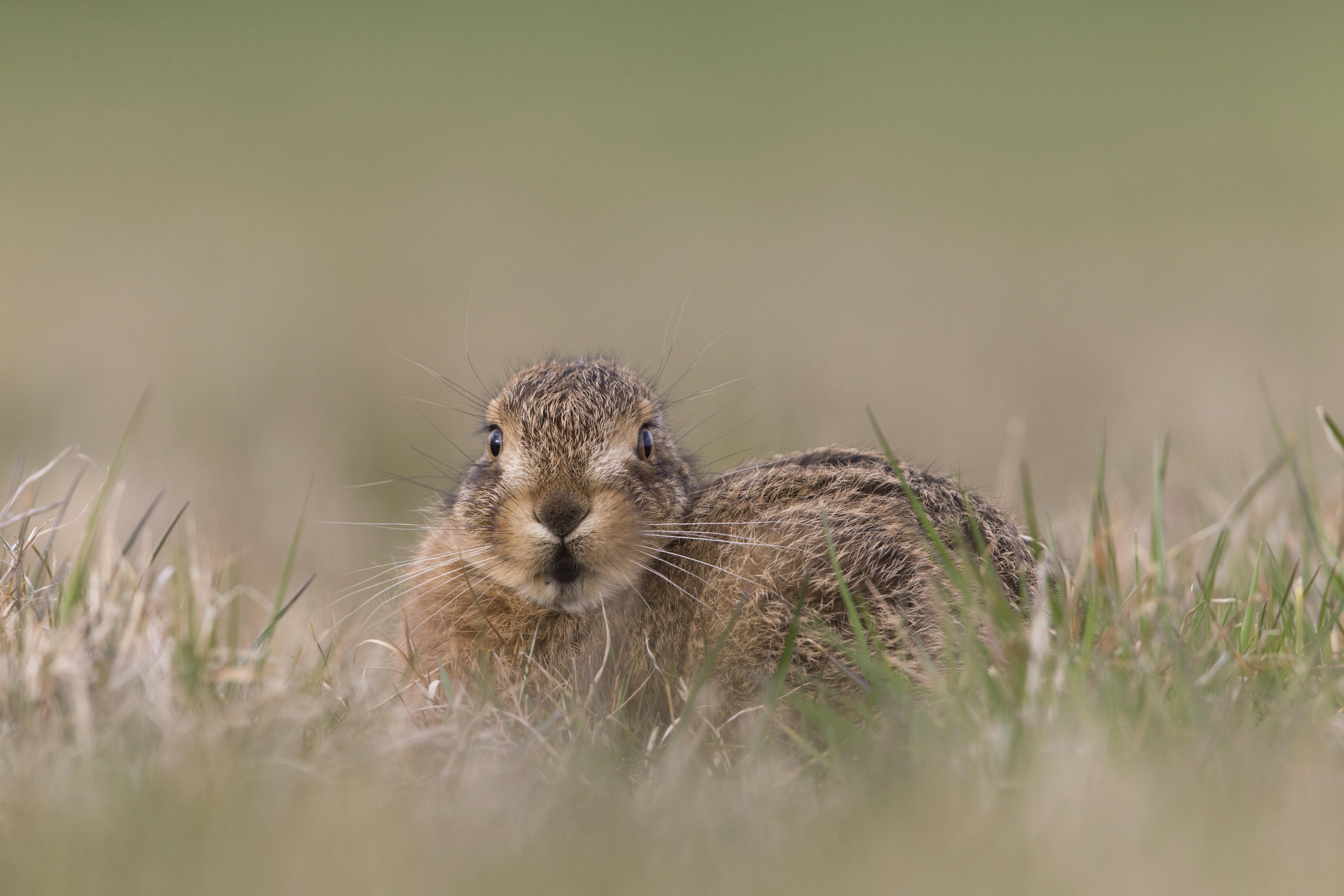 Remembering the Country Life Quiz of the Day by doing the Country Life Quiz of the Day, December 2, 2025
Remembering the Country Life Quiz of the Day by doing the Country Life Quiz of the Day, December 2, 2025Today's quiz is about the quiz. Every question has been asked before. Can you get 10/10?
-
 This machine is what happens when the Rolls-Royce of motorbikes and the most innovative of watchmakers join forces
This machine is what happens when the Rolls-Royce of motorbikes and the most innovative of watchmakers join forcesBrough Superior and Richard Mille, two brands renowned for perfection, have created something that is exactly that.
-
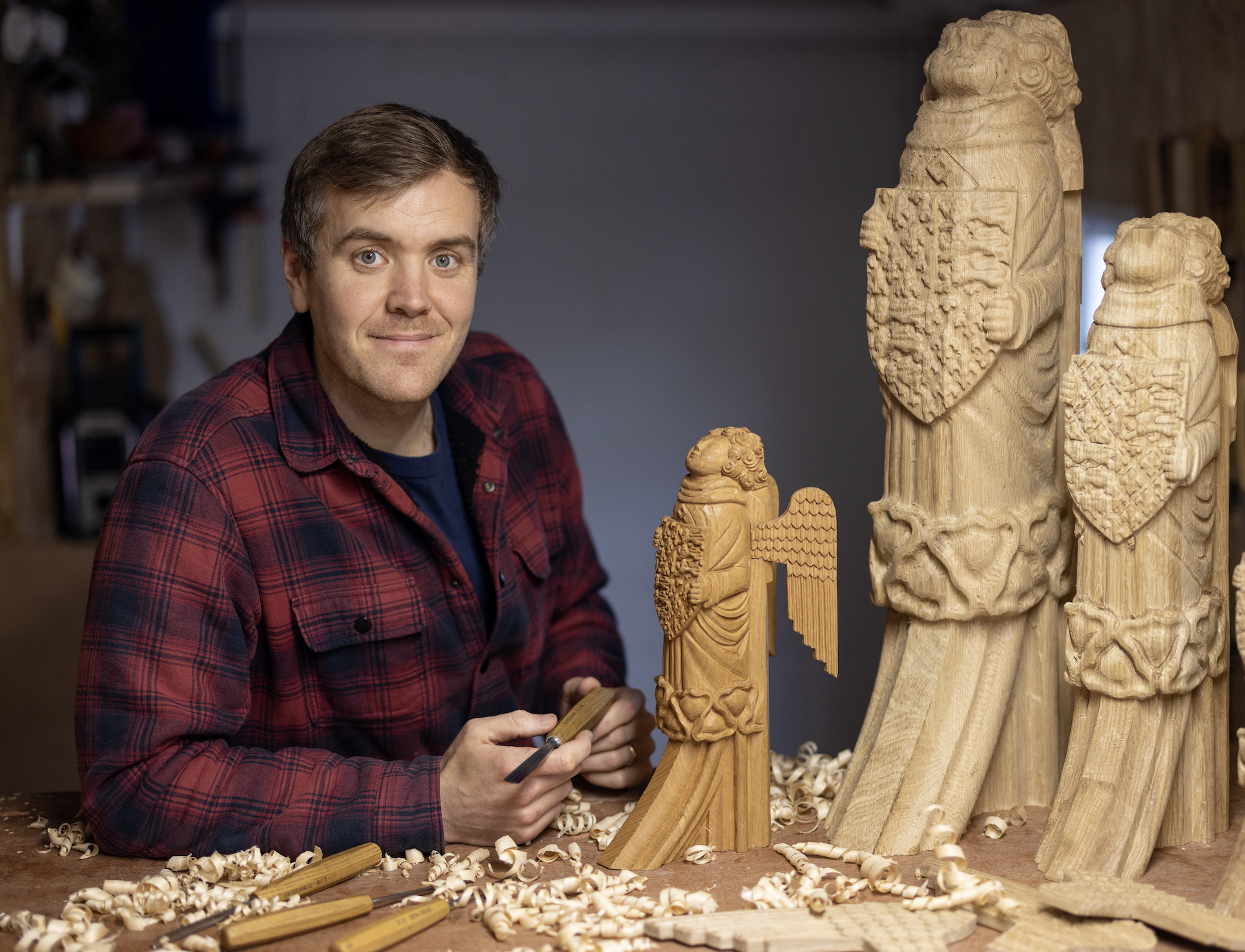 ‘Each one is different depending on what mood I’m in, how I'm feeling and how my energy is’ — meet the carver behind Westminster Hall's angel statues
‘Each one is different depending on what mood I’m in, how I'm feeling and how my energy is’ — meet the carver behind Westminster Hall's angel statuesBespoke woodcarver William Barsley makes unique scale replicas of the angels that gaze over Westminster Hall, the oldest part of the palace of Westminster.
-
 If chess is 'the supreme board game', then it deserves to be played on boards like these
If chess is 'the supreme board game', then it deserves to be played on boards like theseChess sets and backgammon boards are a familiar sight on drawing-room tables, but one expert Highland woodworker is refashioning their forms in beautiful new ways.
-
 A slick looking off-roader that's a far cry from its rustic rural roots — Volvo EX30 Cross Country
A slick looking off-roader that's a far cry from its rustic rural roots — Volvo EX30 Cross CountryThe latest iteration of Volvo's Cross Country is flashy, fast and stylish. But is that what a Volvo Cross Country is supposed to be?
-
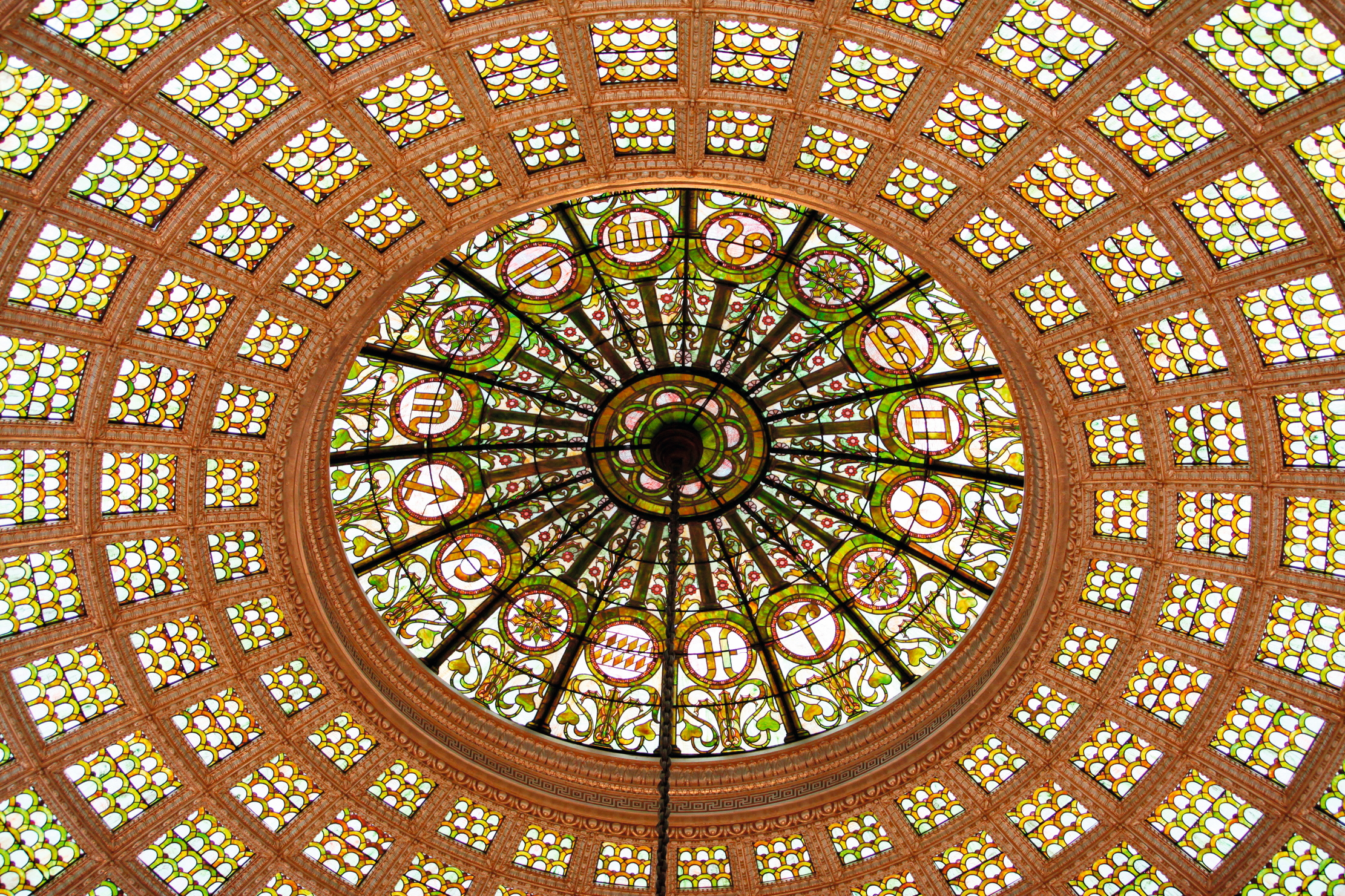 'Gems of enflamed transparencies, of bottomless blues, of congealed opals': Why glass was perfect for the elemental experimentalism of Art Nouveau
'Gems of enflamed transparencies, of bottomless blues, of congealed opals': Why glass was perfect for the elemental experimentalism of Art NouveauArt Nouveau masters such as Louis Comfort Tiffany and Émile Gallé turned the most fragile of materials into iridescent masterpieces that shimmered like seashells or glittered like Byzantine mosaics.
-
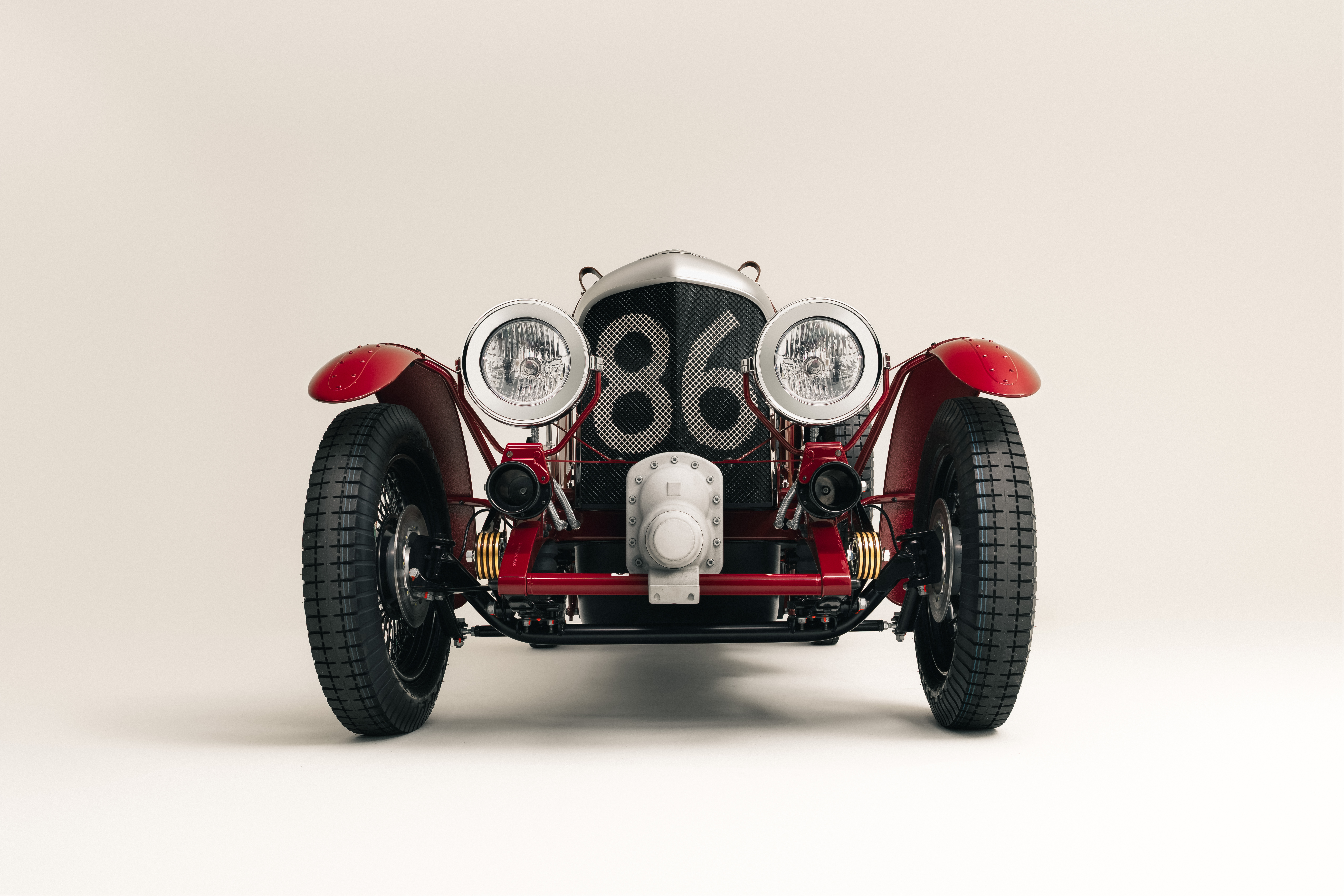 Why you absolutely need an electric Bentley Blower furnished with Russian reindeer leather
Why you absolutely need an electric Bentley Blower furnished with Russian reindeer leatherA collaboration between Hedley Studios and The King's shoemaker George Cleverley has produced something rather remarkable. Jeremy Taylor goes for a drive.
-
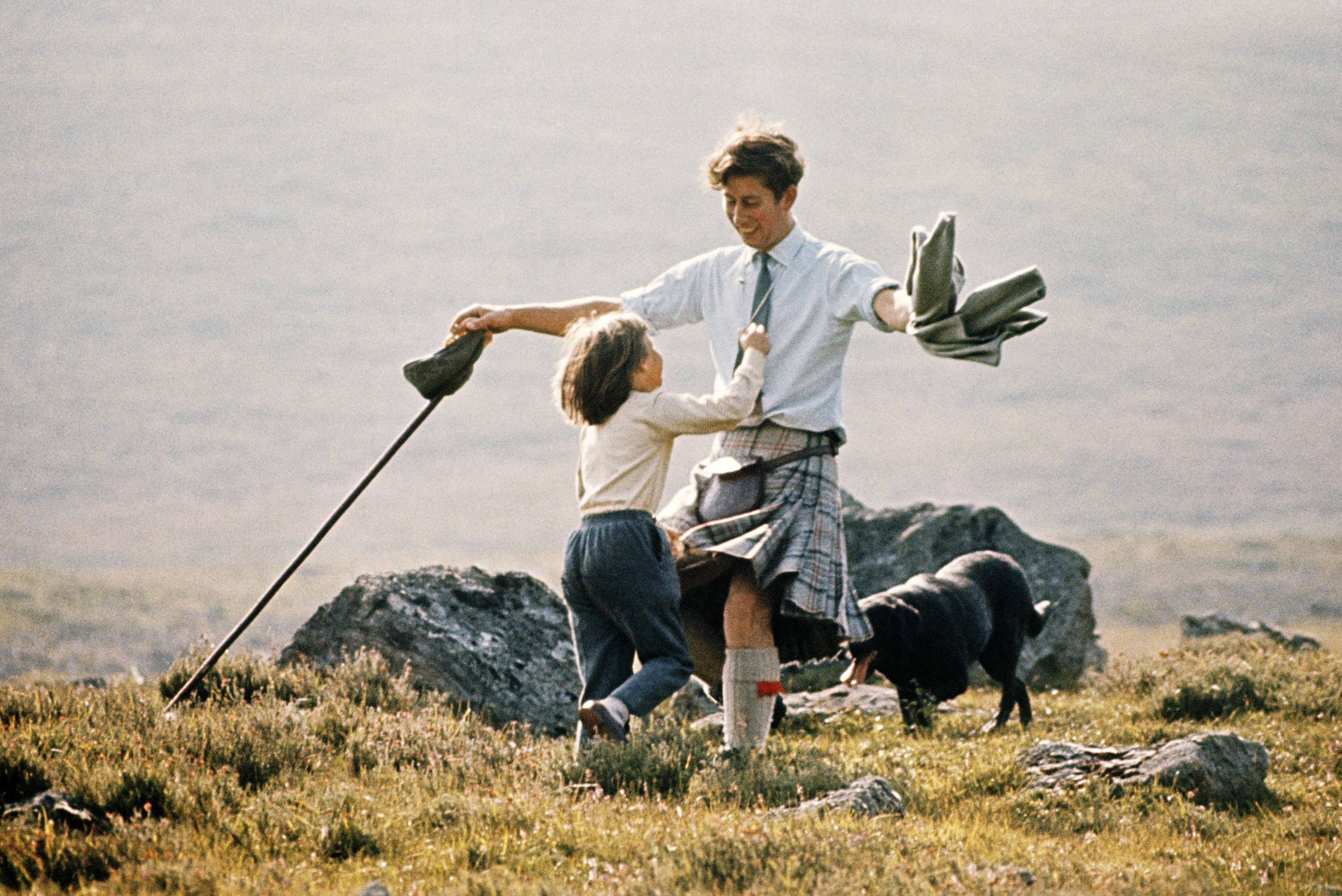 Kilt status: A history of the iconic Scottish skirt, from wartime wrap to punk protest
Kilt status: A history of the iconic Scottish skirt, from wartime wrap to punk protestEverything you need to know about the kilt — apart from what to wear underneath one.
-
 The Glovebox: Return of the Bentley Supersports, the ultimate rural Range Rover and the car collection fit for The King
The Glovebox: Return of the Bentley Supersports, the ultimate rural Range Rover and the car collection fit for The KingA century after it was the first Bentley to top 100mph, the Supersports is back and looking better than ever.
